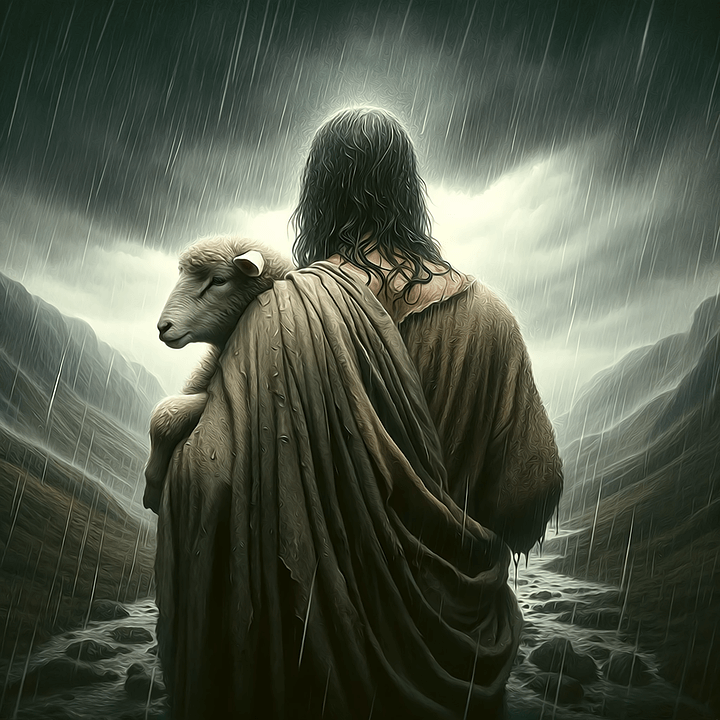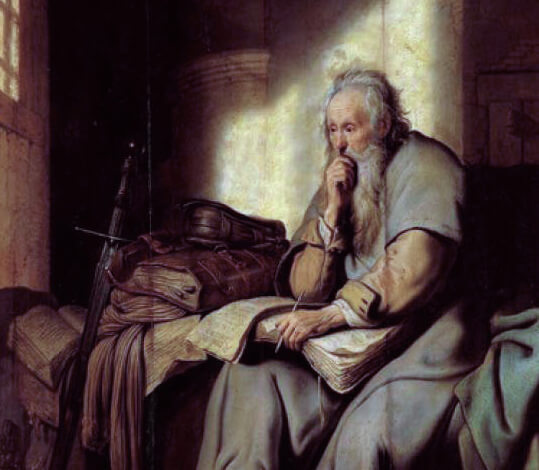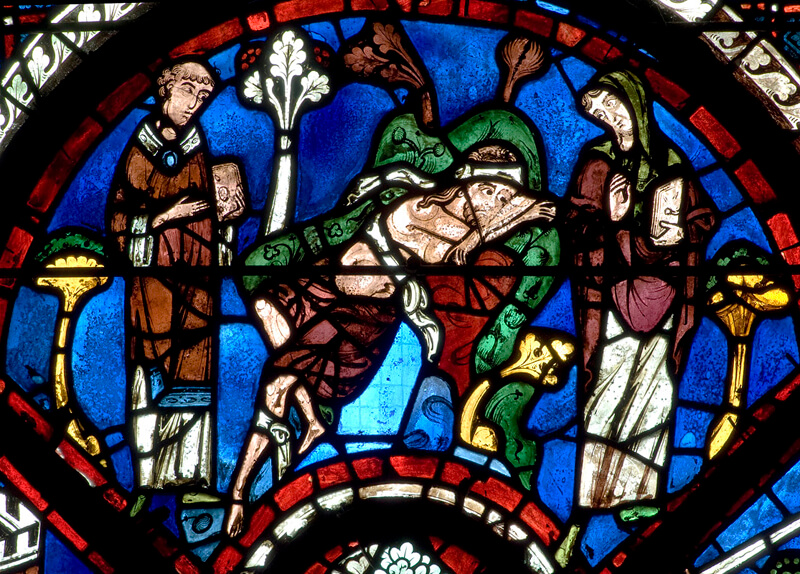St MARY the VIRGIN
homily for
15 August 2010
Delivered by the Reverend Nola Crewe
May Sophia open my heart and guide my lips to speak only the Word of the Holy Spirit. AMEN.
“Hail Mary, full of grace, the Lord is with you, blessed art thou amongst women . . . “ . . . and thus begins one of the most famous prayers of Christianity. Uttered more frequently than even the Lord’s Prayer . . . chanted by millions of people every day as they thumb through their rosaries; whispered over death beds and screamed out in labour.
Mary Mother of Jesus . . . Mary the Virgin . . . Mary, born without sin, Mary the sorrowful . . . Mary, spared the indignity of death’s rot . . .
Mary of a thousand adjectives
Mary of the Assumption to Mary, Virgin daughter of Zion: Mary from A to Z.
But where does Mary fit in the Christian faith?
What is her role beyond that of Mother of Jesus, human mother of God made flesh . . . a central player in the stable on December 25th?
There are just so many answers to that question . . .
At Mt Sinai I share chaplaincy with another Anglican minister, the Reverend Joanne Davies. And when approaching a Sunday when we are both preaching we often share our thoughts and themes. This time was no exception . . . but what different thoughts we shared . . .
Joanne’s office is covered with pictures of Mary, as is her home. Mary has always charmed and enchanted her. Mary feminizes her faith and creates an accessible figure for her. Mary makes her way onto Joanne’s lips and into her prayers.
Whereas, at my house, the only representation of Mary is to be found in the once-a-year appearance of the crèche. Mary’s name passes my lips in prayer only when requested or required by the Order of Service.
And yet Joanne and I are both Anglicans.
Fortunately, ours is a broad church, sufficiently wide to contain conflicting beliefs and contradictions within its walls . . .
For within the Low Church lies the protestant conviction that God is to be accessed directly: no intermediaries are needed. And there, Mary, the Mother of Jesus, is but a woman uniquely blessed by her role in history.
Conversely, for the past two hundred years, the Oxford movement has gained adherents to the pageantry of another age and there, Marian devotions such as the Rosary, Angelus and Regina Coeli (the Queen of Heaven), thrive.
Indeed the 2005 Seattle Statement, “Mary: Grace and Hope in Christ ” released by the Anglican-Roman Catholic International Commission contended that where Anglicans do not have an official view on Roman Mariology, there is no conflict.
The rather heated response that generated, once again opened up the divide that places Scriptural authority against tradition and Papal insight.
But my perception of this theology, just as Joanne’s and every other Christian’s, is personal and unique.
As the comedian Robin Williams, famously remarked, “The best thing about being Episcopalian . . . is that no matter what you believe, there’s bound to be at least one other Episcopalian who agrees with you.”
For me, Mary is a woman, first and foremost. Yet with so many Mary- centred feasts: her annunciation , her conception , her nativity , her visitation ; her purification , her assumption into heaven . . . so many statues and paintings and rosaries to recite . . . so many churches of Mary this and Mary that . . . that for me, the real woman named Mary disappears and all that remains in the vacuum is a sinless saint, uncontaminated by all that is mortal.
Now, I can accept Mary as first among saints, as a prophet, an example of holiness, faith and obedience, a figure deserving of reverence.
BUT, when it came to the notion of a whole separate category of worship , or Mary as co-redeemer , I rebel. That all becomes quite idolatrous for me.
So as you can tell, all my attempts to fit all these contradictions into a seamless whole continues to elude me.
Let me give you an example. I first started addressing the dilemma that is my relationship with Mary, when I was a young idealist fighting for Choice as a woman’s right. I found justification for my position in the fact that Mary had that choice. She could have just said “NO” to Gabriel . . . and that was the right I sought for myself and for all my sisters . . . the choice that still is challenged as I drive along Gerrard Street and see angry people with posters of aborted fetuses, the name of the doctor broadcast in letters large, the clinic identified by the blazing red arrow proclaiming it as a killing ground.
So, for me, Mary spoke to Choice.
But how many of those who protest Choice do so in the name of their well-loved Saint, Mary, that unwed girl who chose life for her child.
For me, Mary still remains that young woman, a virgin even, who loved God and chose to accept the difficult role that He had laid out for her.
Conversely, I worry that if one accepted the Immaculate Conception theology: that Mary had been free from sin from the moment that her parents, Joachim and Anna, conceived her, then she had never truly been one of us. But was merely a vessel prepared to receive and bear the Christ child: which would mean that Jesus could not be wholly man.
And, as I taught my children their Bible stories, I did worry about Mary’s relationship with her son. After all, what does it say when your son is ONLY recorded as addressing you as “WOMAN” . . . or when he leaves you searching for him for days on end . . . instead of going home as you told him to? And what was I to make of her apparent lack of initiative or independence . . . that even on the cross, Jesus found it necessary to designate a care-giver, a “foster” son for her . . .
We attest in Article II of our faith that Christ is “ . . . very — or wholly, completely – “very God and very man” . . . and the part that is very man, the human element, that code described in the human gene, the DNA, is that of Mary. That which is human in Christ is Mary’s doing. For in our acceptance of her virginity, there was no one else.
And why is that virginity so overwhelmingly important? In virtually all “primitive” cultures and religions, creation is epitomized in stone or paint or wood as the Mother figure . . . portrayed in luxuriant thighs, the broad hips, swollen belly and breasts drooping from nursing the world . . . an image found across continents, cultures and all ages. How then is our MOTHER FIGURE a slender, sexless, VIRGIN?
I admit that my relationship with Mary the Virgin has been coloured by the other Mary: Mary Magdalene. A woman I found far more interesting. A woman of courage, travelling the roads with Jesus, supporting his cause, living his dream, challenging the authorities, seeking his corpse, never shying away from danger, designated the apostle to the apostles, the woman whose touch alone could have constrained Christ to this world.
Mary Magdalene, maligned by Pope Gregory the Great in 591, as the amalgam of all female sinners in the Gospels. Mary Magdalene, from whom the seven vices were driven out, became the embodiment of female sin and Christian repentance. For the next 1400 years, Gregory’s interpretation would hold.
Henceforth, there were two role models for women: the Virgin of purity . . . obedience . . . and influence
And the penitent sinner whose sexuality condemned her but whose repentance earned her salvation through Christ. And this proved central to the Church’s approach to women, in the church and in society, their conviction that women’s sexual nature led to sin. And therefore, they must be contained and limited.
So it was Mary Magdelene, the misunderstood, used and abused woman, who assumed the mantle of Eve and became the symbol of women’s innate guilt and the argument for the suppression of their sexuality: the curse of women throughout the ages.
And in rejecting the totality of womanhood, the Church offered the other model, the chaste, the untouchable, the sacrificing, the pure . . .
Holy Mary, Mother of God, pray for us sinners, now and at the hour of our death . . . concludes the Ave Maria. The Ever-Virgin Mary, her creation so bound to the child she bore, must surely be blessed with the greatest powers of advocacy when we at last appear before her Son’s Judgment Seat. . . . pray for us . . .
But this saintly, never sinning, sometimes sinned against, the ever-virgin Mary, whose body wafted away to heaven, remains beyond my ken.
For me, Mary the woman, will ever bear the title bestowed by the Eastern Orthodox Church: Theotokos, literally meaning, “God-bearer”. For me, that records all there is about Mary . . . Mother of God. What more can there be?
A M E N





